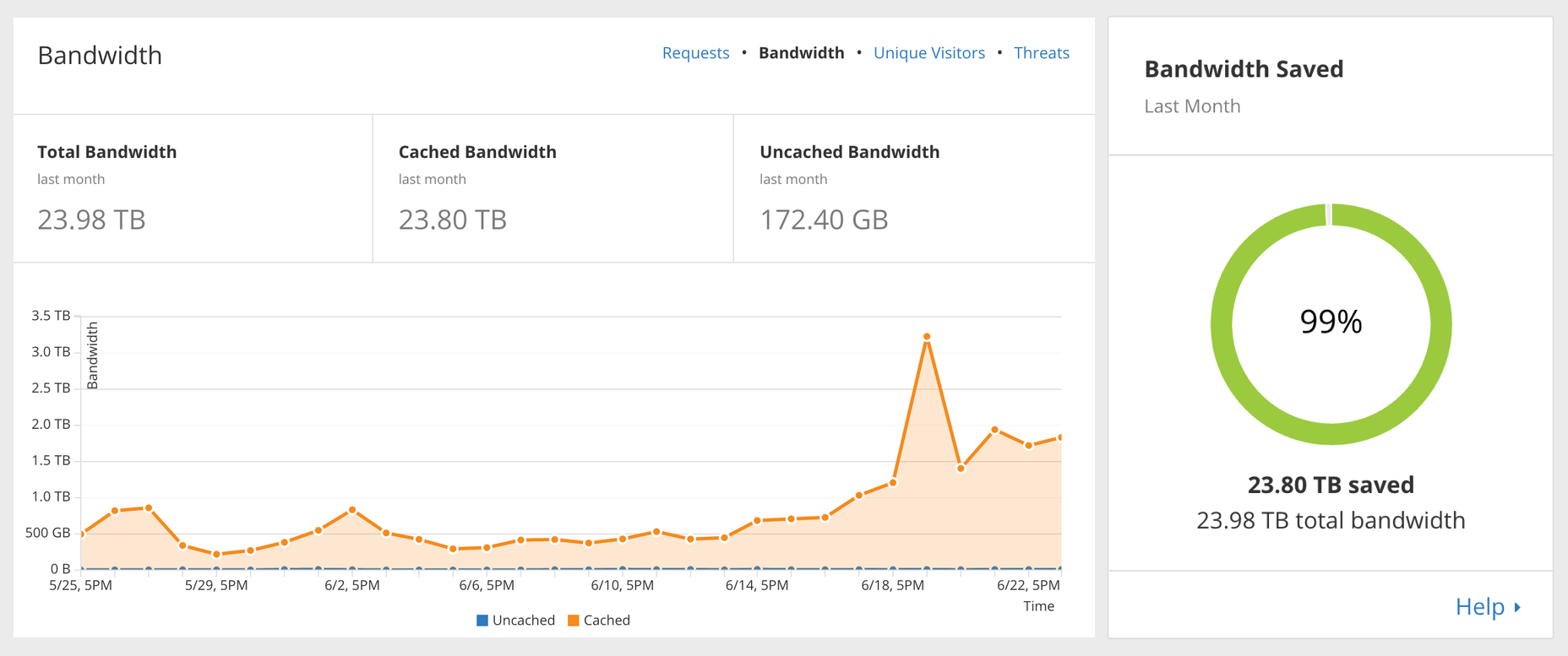0
How the tech industry is greening its data centers
Data centers don't just suck down energy. They guzzle it. According to the National Resources Defense Council, data centers are one of the largest and fastest growing consumers of electricity in the United States. In 2013, U.S. data centers used 91 billion kilowatt-hours of energy, enough to power New York City households twice. The NRDC expects that demand to grow to 140 billion kilowatt-hours by 2020.While companies like Amazon have been a target of campaigns from nonprofits like Green America, the NRDC says that larger server farms operated by well-known Internet companies are paragons of ultra-efficiency.To read this article in full or to leave a comment, please click here

 The role the SDN control layer plays.
The role the SDN control layer plays.


 Intel makes its play for IoT ubiquity.
Intel makes its play for IoT ubiquity.